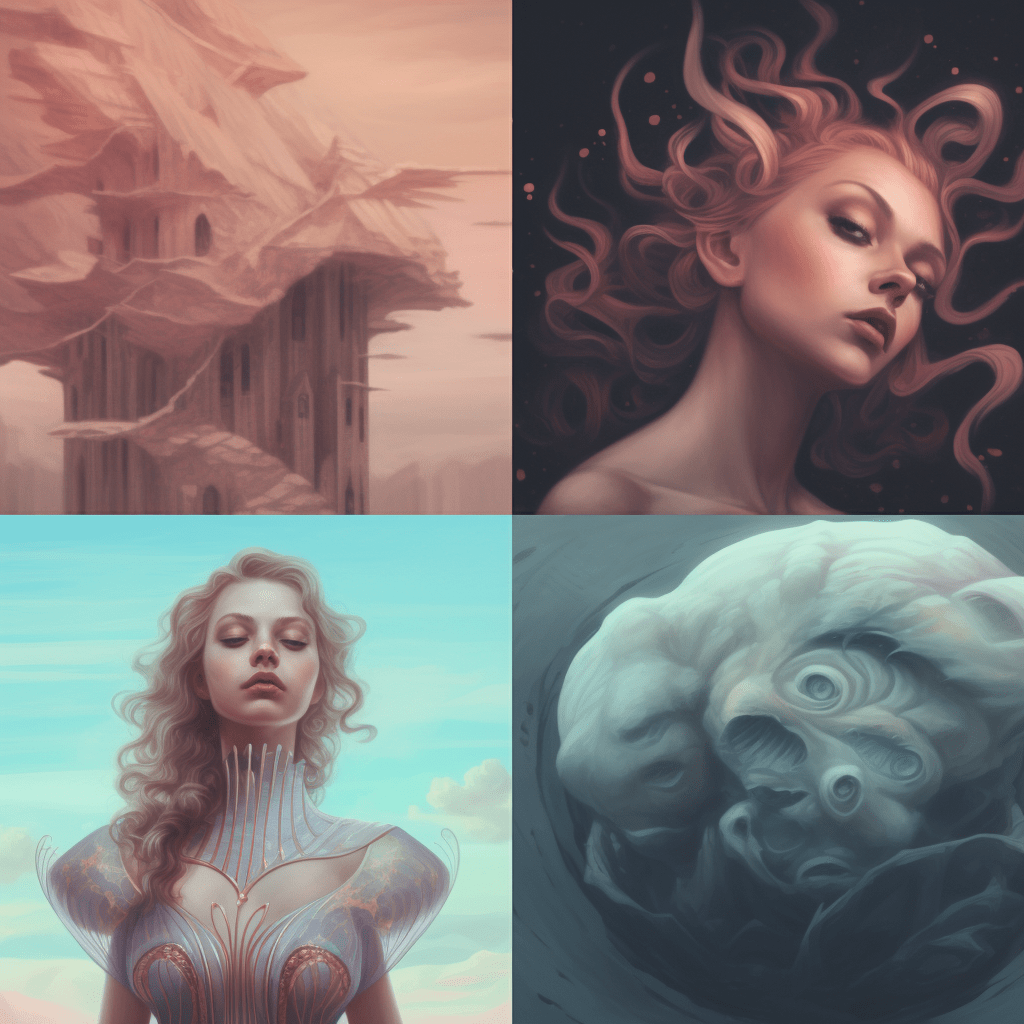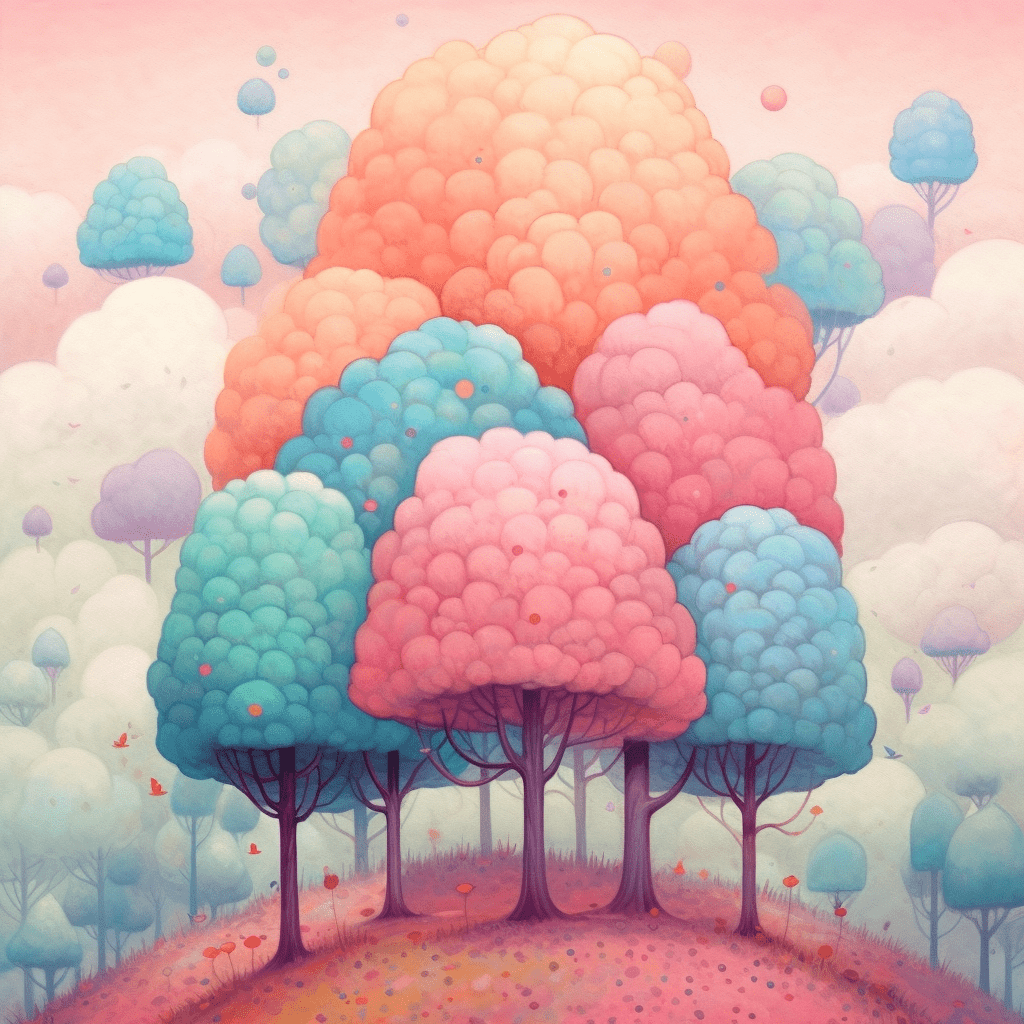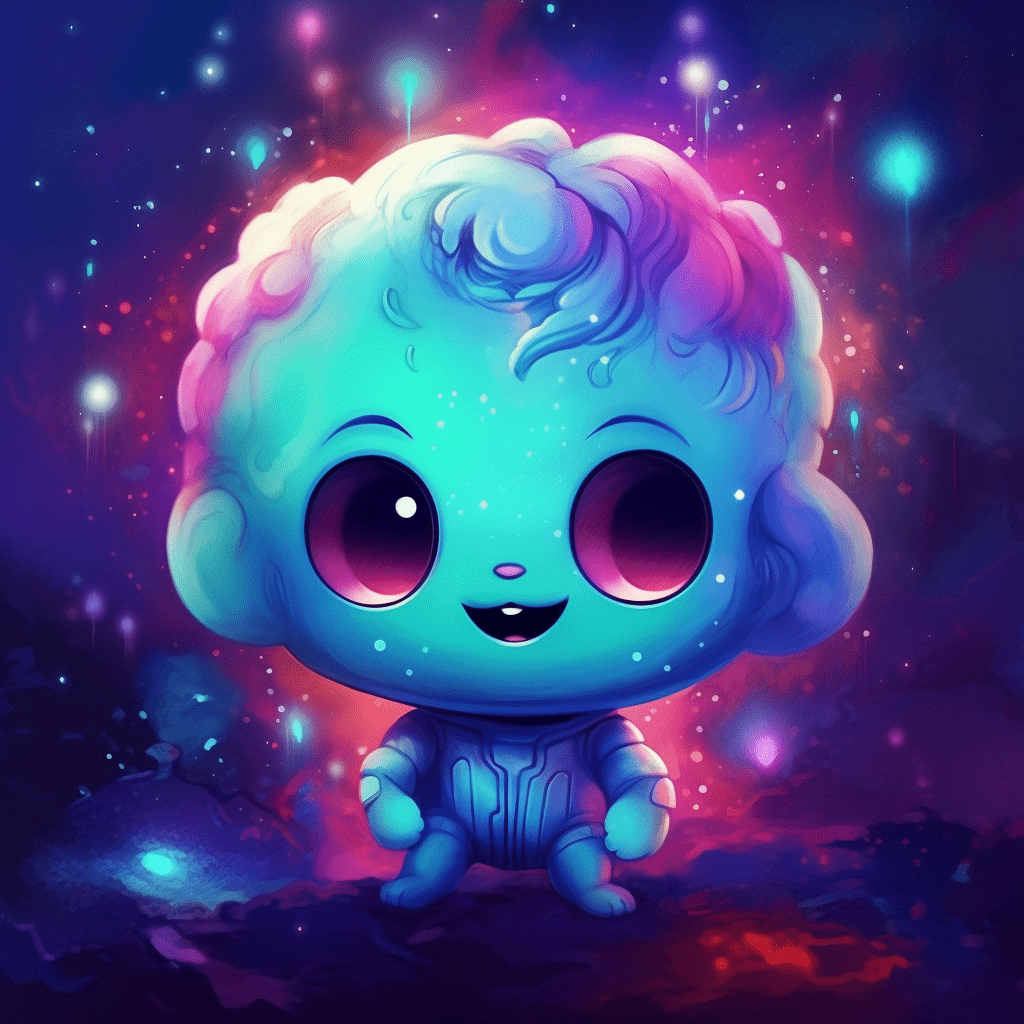The world of non-fungible tokens (NFTs) has exploded in recent years, with digital artists at the forefront of this revolution. NFTs offer an exciting new way for artists to monetize their work and gain recognition in the digital space. One question that often arises is, “How much do NFTs cost for popular digital artists?” This article will delve into the costs associated with creating and selling NFTs for well-known digital artists, including factors that can influence the price.

Minting Costs and Gas Fees
When digital artists decide to tokenize their art as NFTs, they need to “mint” them on a blockchain platform. Minting refers to the process of converting a digital file into a unique token, which can then be bought, sold, or traded. The minting process incurs costs, which are primarily determined by the chosen blockchain platform’s gas fees.
Gas fees are the transaction costs paid to the network to process and validate a transaction on the blockchain. These fees can fluctuate depending on network congestion, demand, and the platform used. For instance, Ethereum, one of the most popular platforms for NFT creation, is known for its high gas fees, while newer platforms like Binance Smart Chain and Polygon typically offer lower transaction costs.
Marketplace Commissions and Listing Fees
Many digital artists choose to sell their NFTs on specialized marketplaces like OpenSea, Rarible, and Foundation, to name a few. These marketplaces act as intermediaries between artists and collectors, providing a platform for listing, discovering, and trading NFTs. In exchange for their services, marketplaces typically charge a commission on sales and sometimes require a listing fee.
Commission rates vary across different marketplaces but can range from 2.5% to 15% or higher. It’s important for digital artists to research and compare marketplace fees to determine the most cost-effective option for selling their NFTs.
Pricing Strategies for NFTs

The cost of NFTs created by popular digital artists can vary significantly depending on factors such as rarity, uniqueness, and demand. Some artists opt for a fixed pricing strategy, where they set a specific price for each NFT, while others may use auctions to let the market determine the value.
Auction-based pricing can lead to higher profits for in-demand digital artists, as collectors bid against each other, driving up the price. However, it can also be more unpredictable and may not always result in a favorable outcome for the artist.
Factors Influencing NFT Prices for Digital Artists
Several factors can impact the cost of NFTs created by popular digital artists:
- Rarity and scarcity: Limited edition or one-of-a-kind NFTs are often more valuable due to their scarcity, which can drive up the cost.
- Artist’s reputation and following: Well-known digital artists with a dedicated fan base and strong reputation in the industry are likely to command higher prices for their NFTs.
- Demand and market sentiment: The overall demand for NFTs and market sentiment can influence the cost of NFTs. During periods of high demand and bullish market sentiment, NFT prices may increase, while bearish market conditions can lead to lower prices.
Real-world Examples of Popular Digital Artists and NFT Costs
The cost of NFTs for popular digital artists can vary widely, as demonstrated by these real-world examples:
- Beeple: In March 2021, digital artist Beeple made headlines when his NFT artwork “Everydays: The First 5000 Days” sold for a staggering $69 million at auction house Christie’s.
- CryptoPunks: Created by software developers Matt Hall and John Watkinson, CryptoPunks is a collection of 10,000 unique pixel art characters, which have become iconic in the NFT space. Some of the rarest CryptoPunks have sold for millions of dollars, with CryptoPunk #7804 fetching over $7.5 million in March 2021.
- Pak: Another prominent digital artist, Pak, saw their NFT artwork “The Merge” sell for over $91 million on the Nifty Gateway platform in April 2021, making it one of the highest-grossing NFT sales to date.Collaborations and Cross-promotions
Popular digital artists can also increase the value of their NFTs by collaborating with other well-known artists, brands, or celebrities. High-profile collaborations can attract additional attention and demand, potentially leading to higher NFT prices.
For example, in February 2021, musician Grimes collaborated with digital artist Mac Boucher to create a collection of NFTs called “WarNymph,” which sold for over $6 million on the Nifty Gateway platform. Similarly, streetwear brand Supreme collaborated with photographer Mike Kelley to release a limited edition NFT collection in April 2021, with individual NFTs selling for thousands of dollars.
Future Trends and Implications
As the NFT market continues to evolve, popular digital artists are likely to experiment with new pricing strategies, platforms, and technologies to maximize their revenue and reach new audiences. Some emerging trends in the NFT space include:
- Fractionalized NFTs: Instead of selling an entire NFT, artists can divide it into smaller fractional shares, allowing multiple collectors to own a portion of the artwork. This can make high-value NFTs more accessible to a wider audience and potentially increase overall demand.
- Dynamic NFTs: These NFTs can change over time based on external factors, such as real-world events or the owner’s actions. Dynamic NFTs can create additional value by offering unique, evolving experiences for collectors.
Final Thoughts

In conclusion, the cost of NFTs for popular digital artists can vary significantly depending on factors such as minting costs, marketplace fees, pricing strategies, and market conditions. As the NFT space continues to grow and evolve, artists will need to adapt their strategies to stay competitive and capitalize on new opportunities. With the right approach, popular digital artists can create and sell NFTs that command high prices and capture the attention of collectors worldwide.
